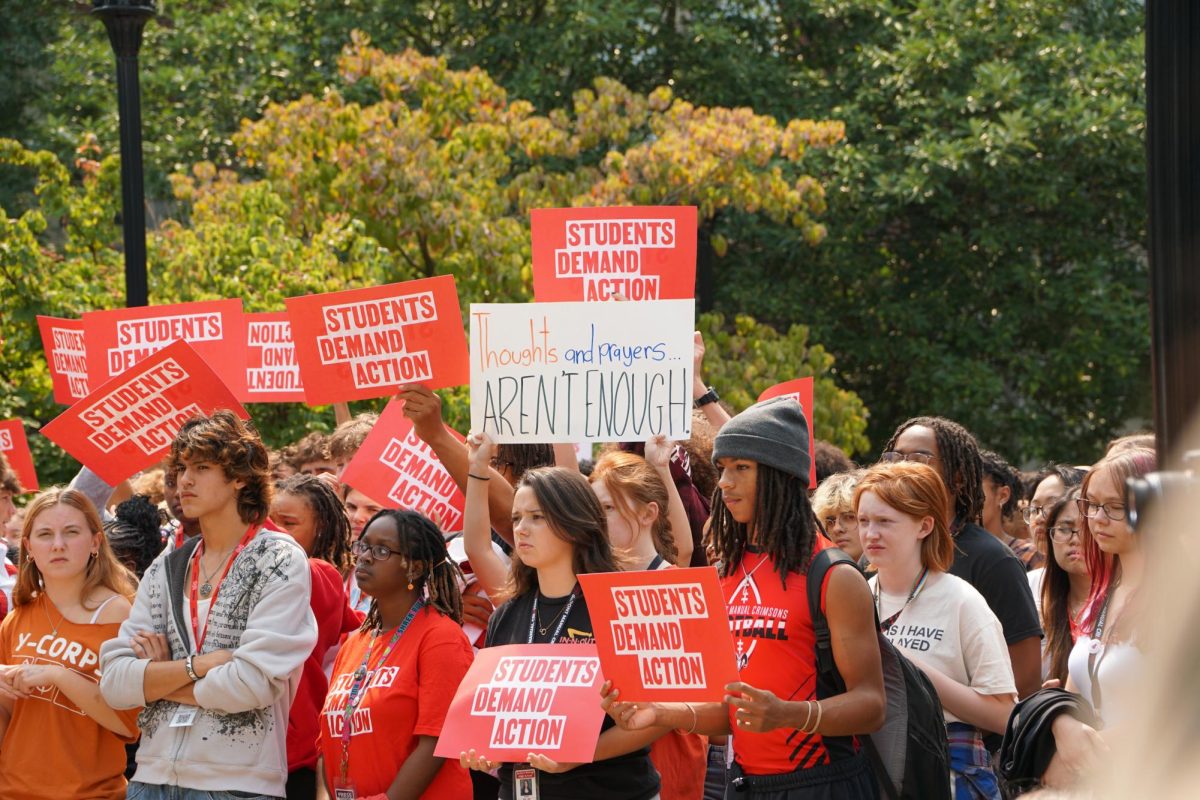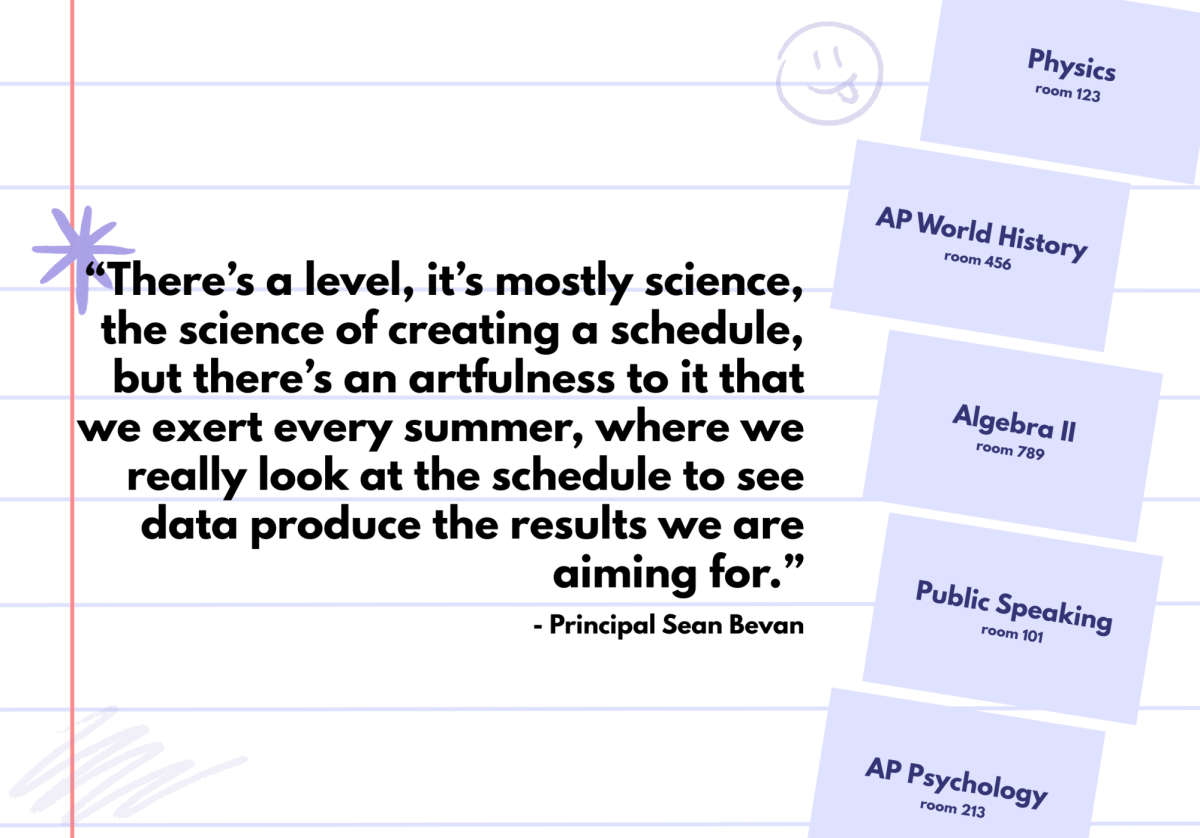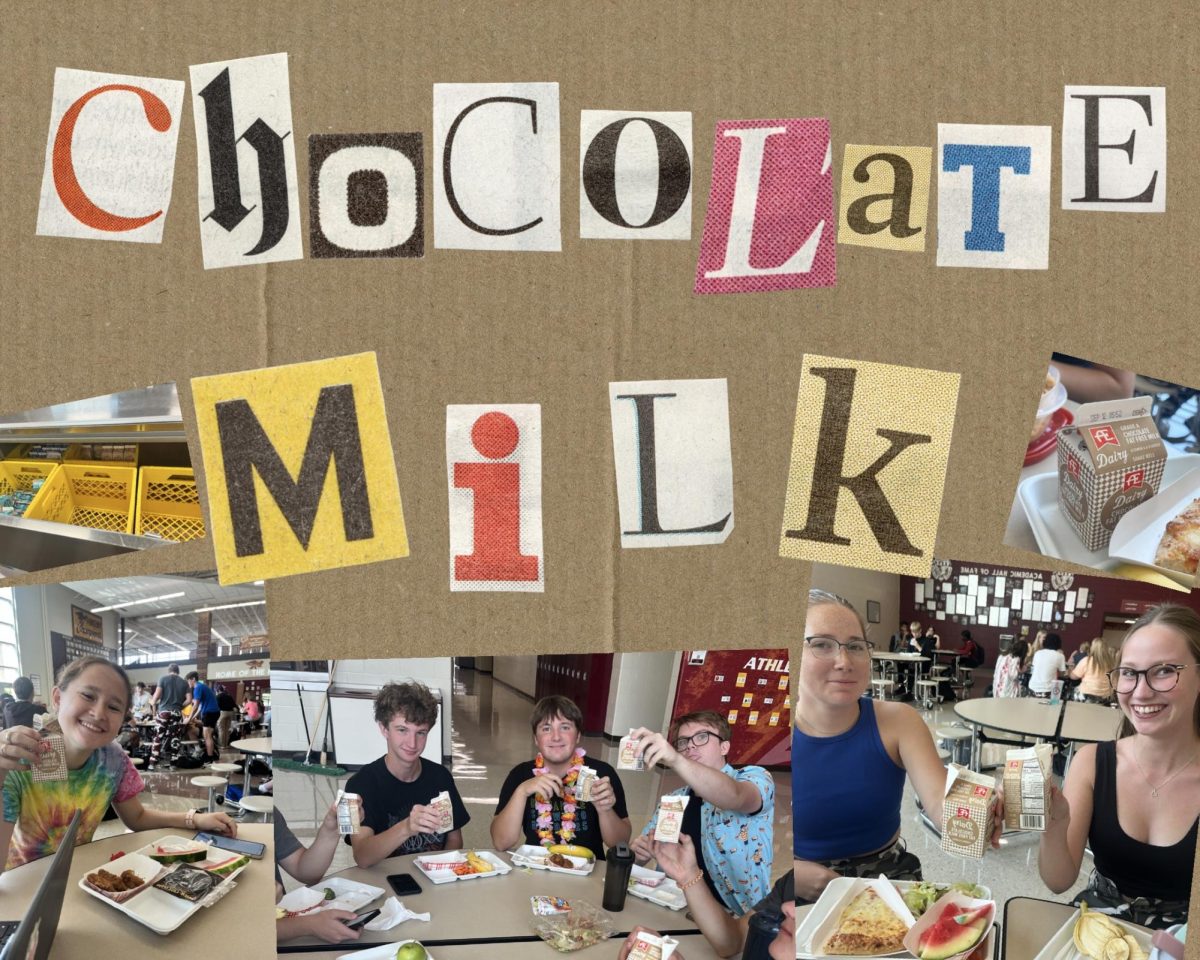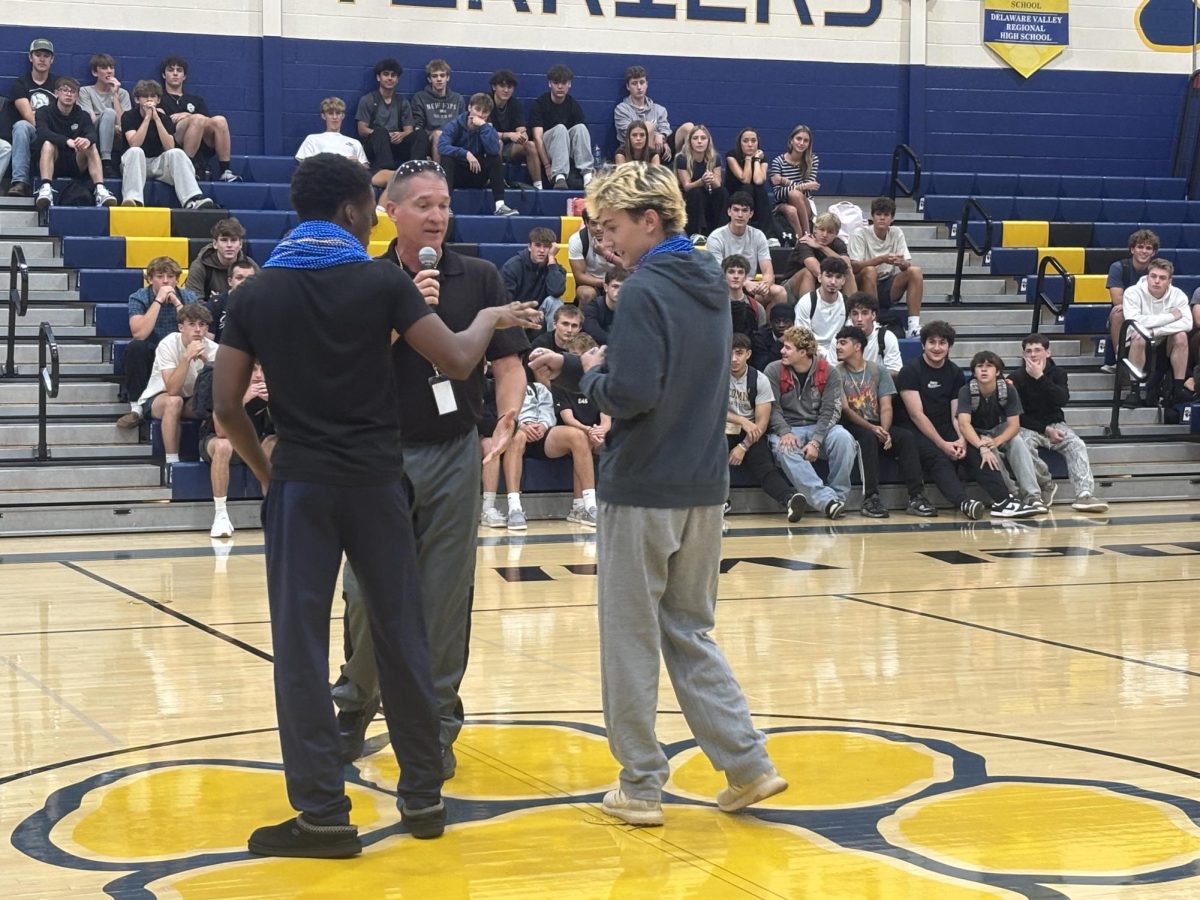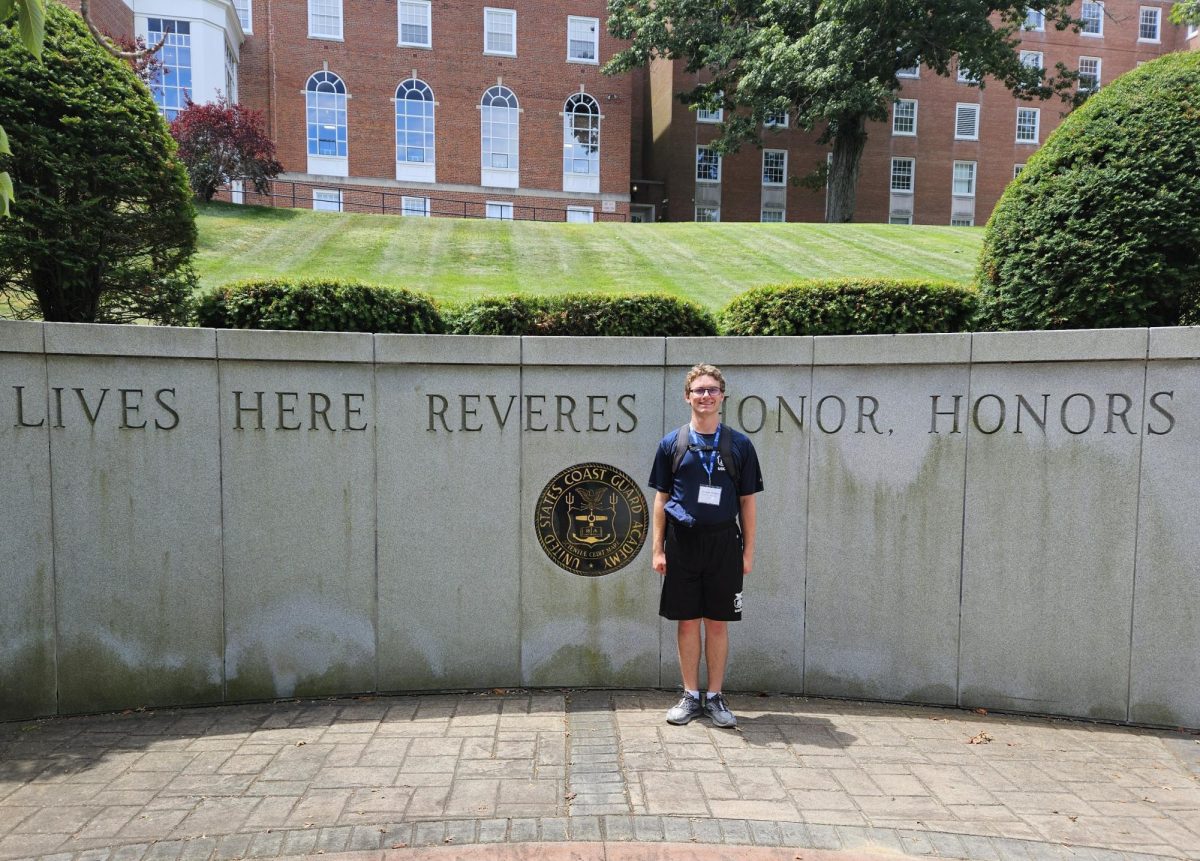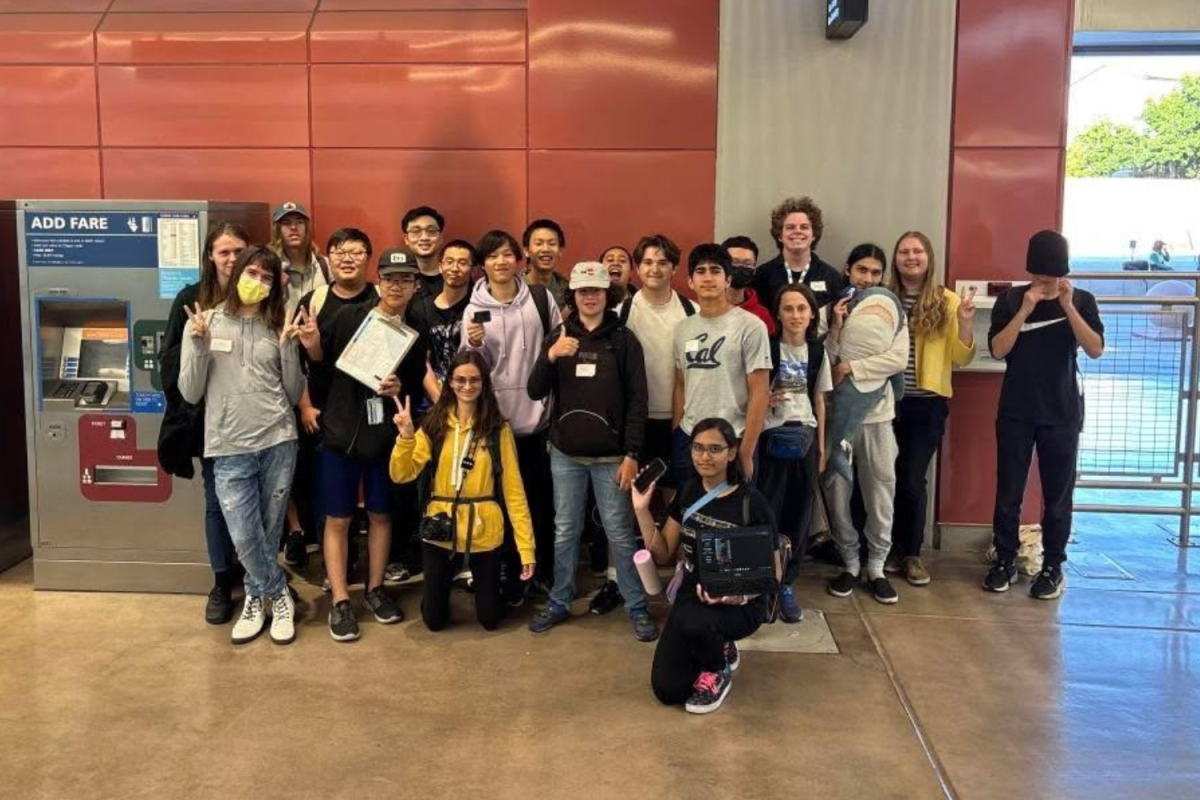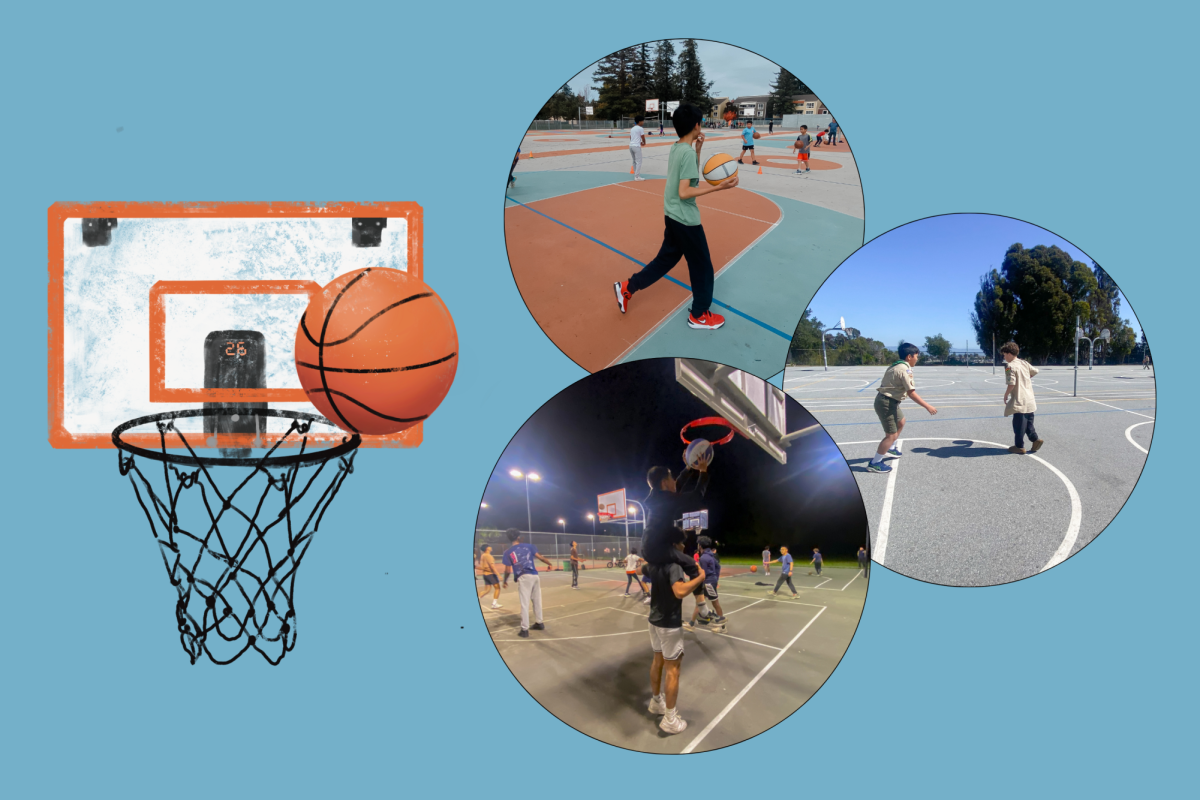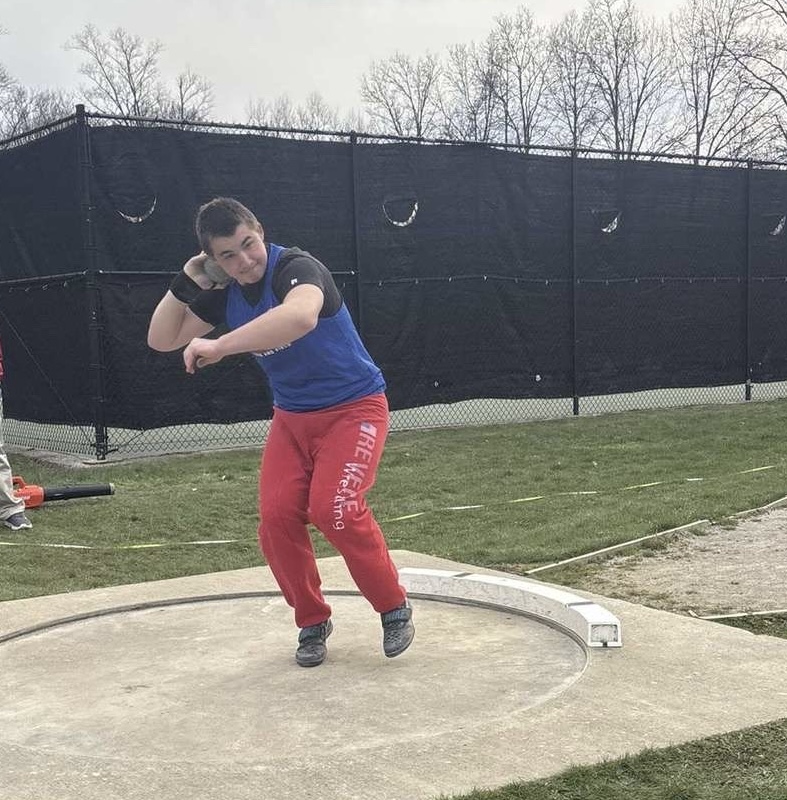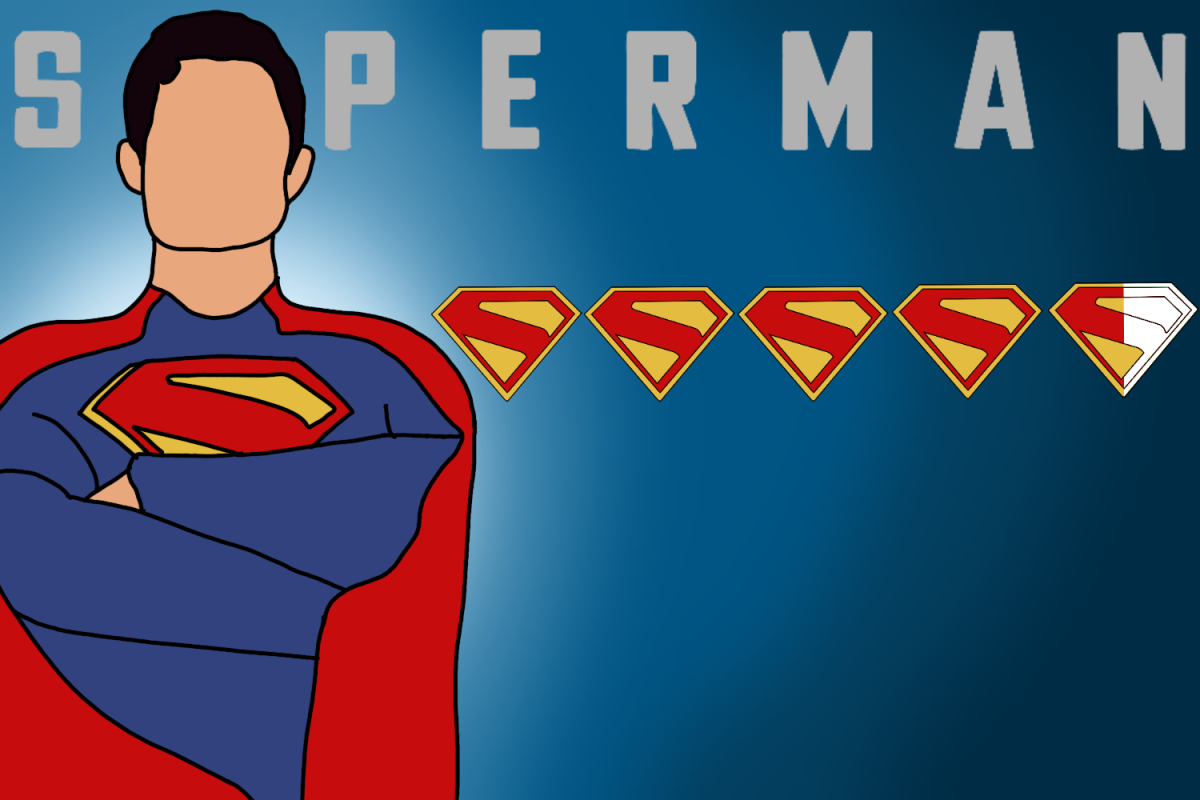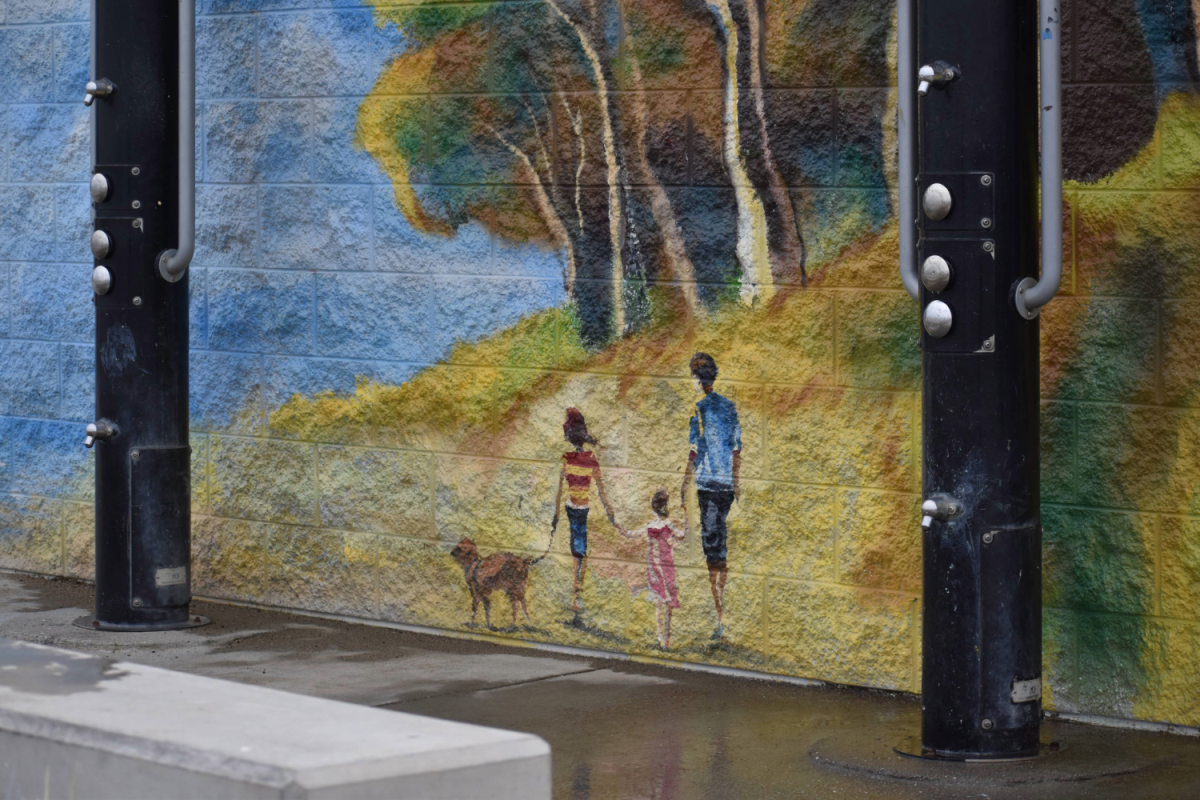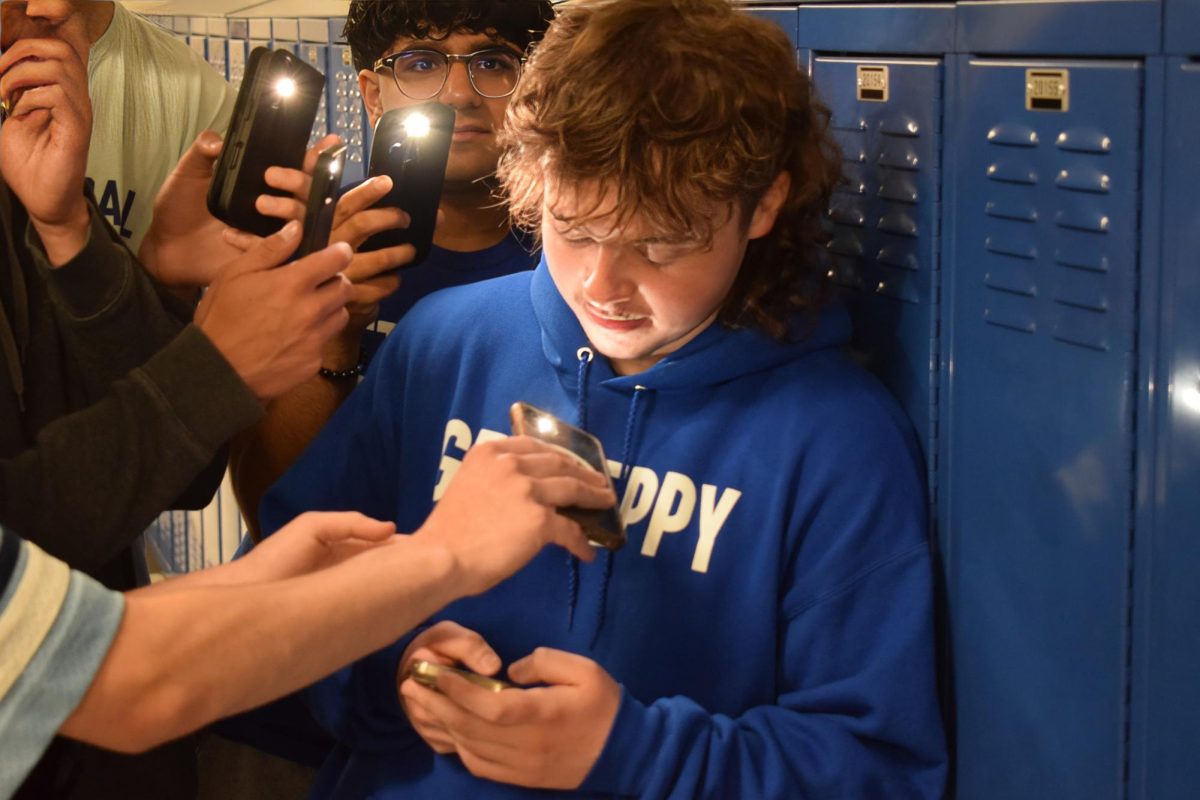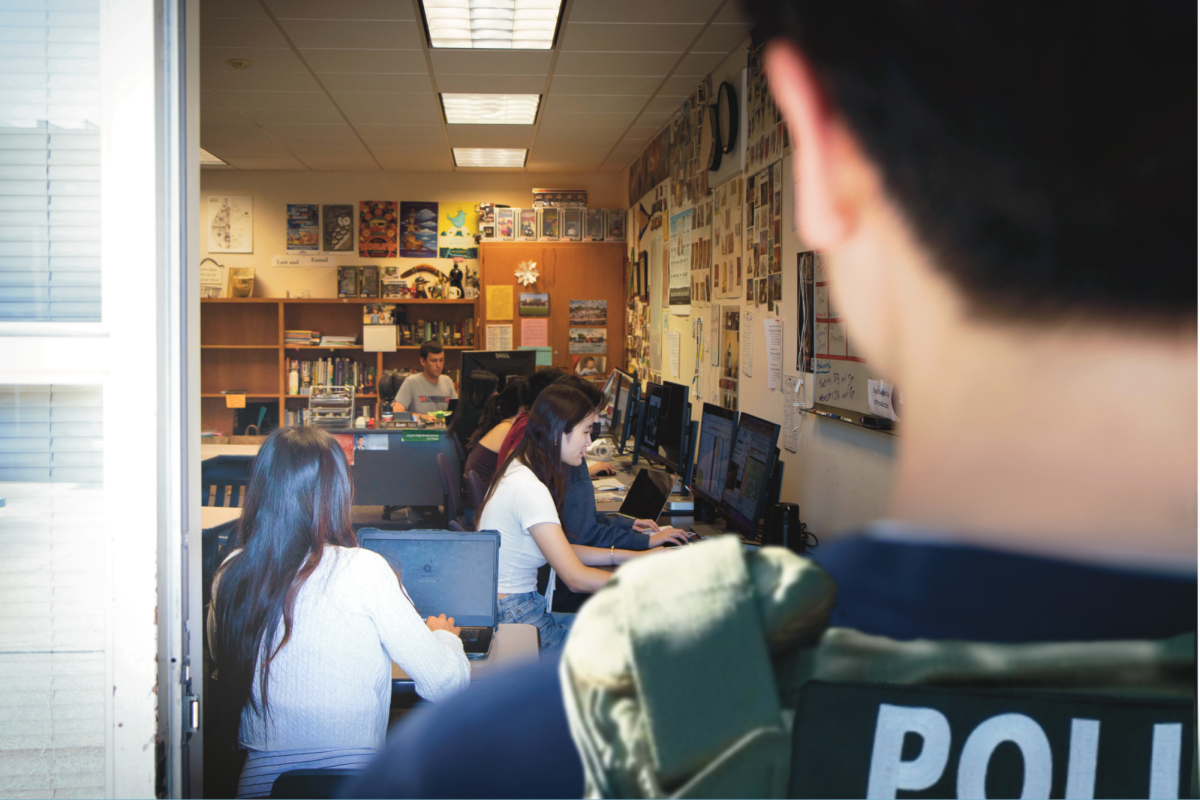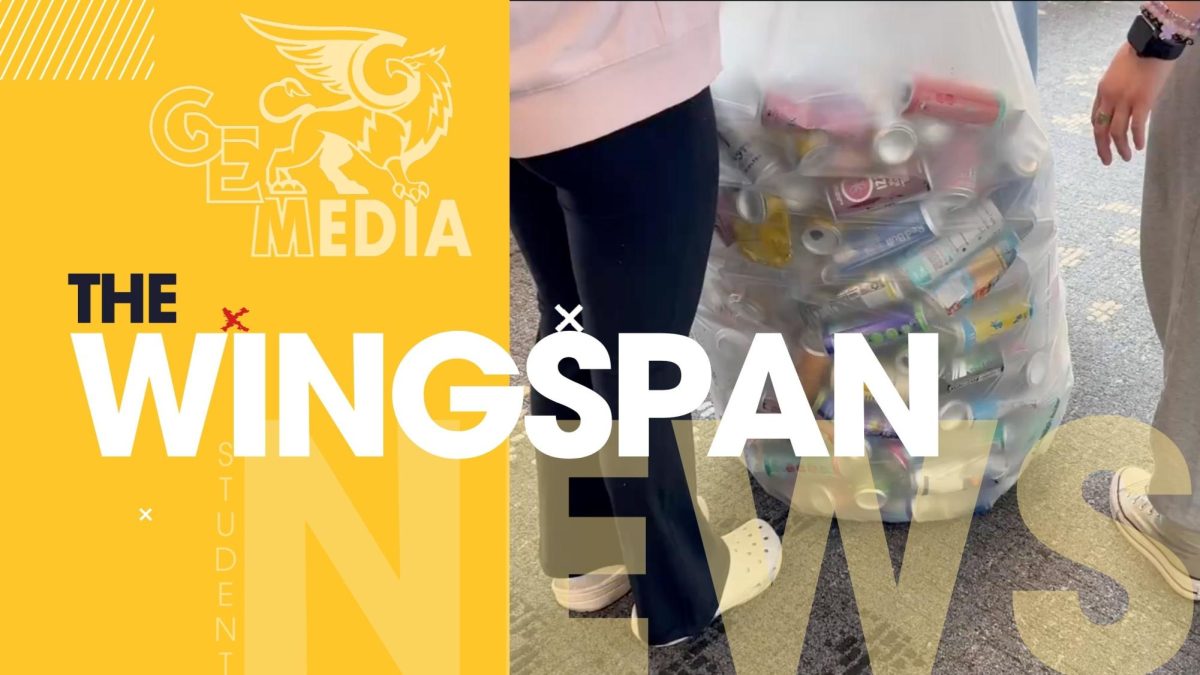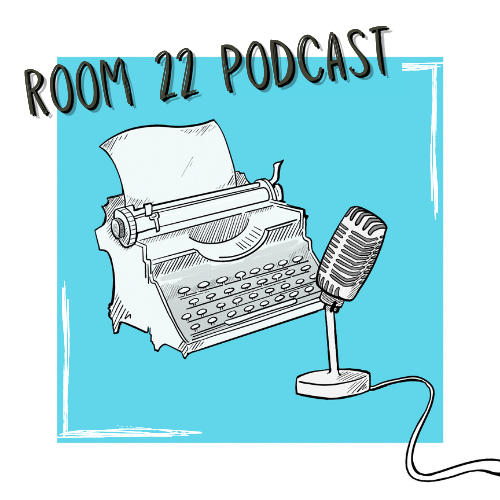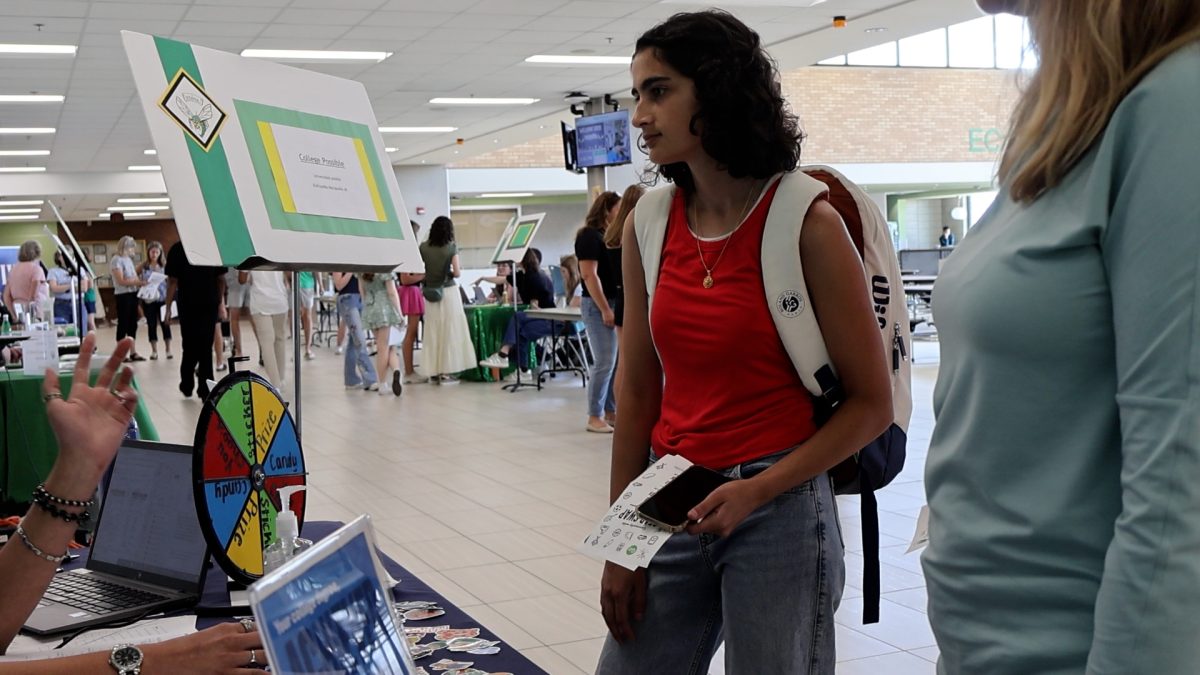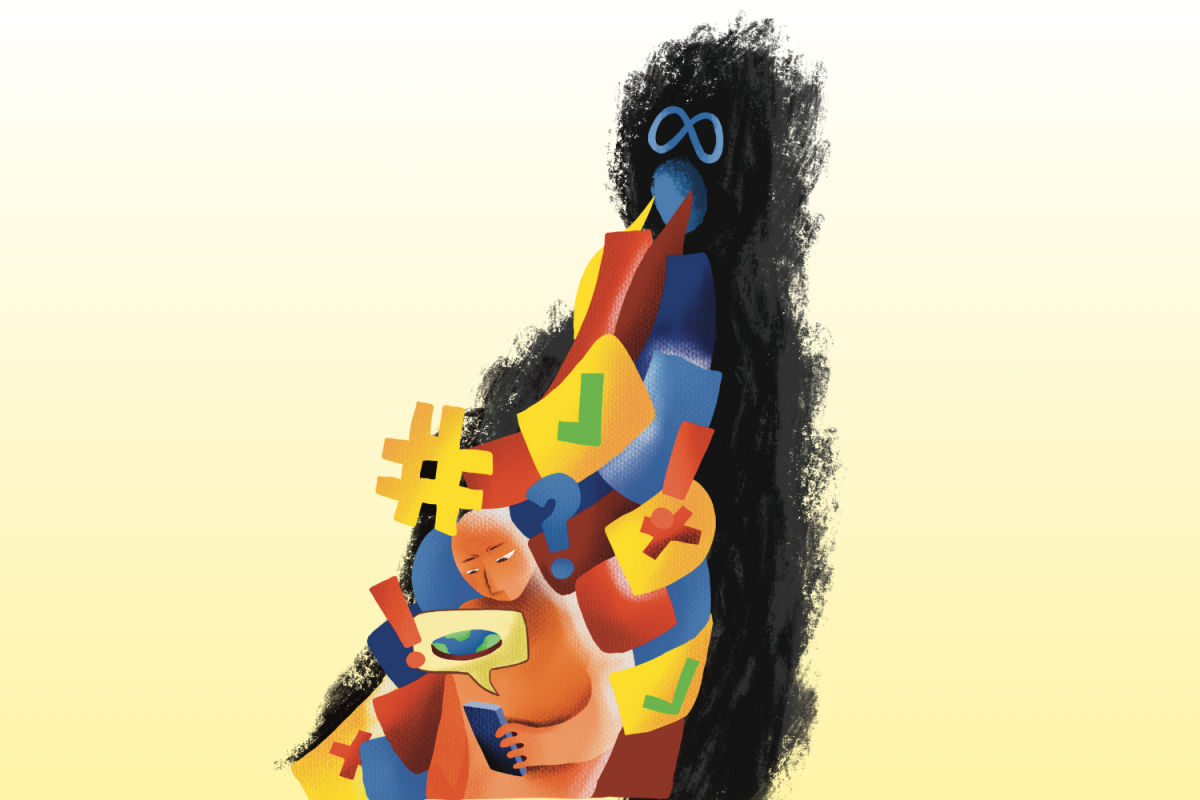A student scrolls through Instagram to take a break from schoolwork, absorbing a carefully curated feed of reels without a second thought. Meta, the parent company of Instagram, Threads, WhatsApp, Messenger and Facebook, serves as an information source for 3.29 billion people worldwide. However, Meta CEO Mark Zuckerberg’s decision to dismantle Meta’s fact-checking program on Jan. 7 will make reliable information on its platforms harder to identify. Without professional oversight, users will be vulnerable to manipulation and polarization and must turn to other media to stay informed.
First introduced in 2016, Meta’s fact-checking program was created as a response to Russian operatives seeking to spread disinformation during the United States election. To combat this issue, Meta began partnering with independent groups such as the International Fact-Checking Network to verify the accuracy of a small percentage of its platform content. False information was downgraded in users’ feeds, while dangerous content was removed entirely.
However, Zuckerberg recently dismantled Meta’s fact-checking program, announcing it in his video “More speech and fewer mistakes.” Many viewed it as an effort to appease Trump after he previously criticized Zuckerberg. Zuckerberg chose to implement a far-right board that promoted traditional Republican ideologies of “free speech” and less censorship in comments online, despite such changes making users more susceptible to false information, according to a 2019 Pew Research Center poll.
“Meta’s decision to dismantle its fact-checking program is both absurd and frightening,” De Anza College journalism chair Farideh Dada said. “Truth-telling and accuracy are the foundation of responsible media.”
Unfortunately, pleasing Trump and his fellow conservatives will likely come with a cost: a flood of misinformation across Meta platforms and polarization between parties. With fact-checking, false information had been reviewed by non-partisan third parties, rated by accuracy and labeled to ensure the public was aware of incorrect or misleading content and could read further context if necessary. However, the new changes have already begun to polarize users: while Republican-related content functions normally, Democrat-related searches show restricted results.
“A board that leans heavily in one direction, whether right or left, may influence the platform’s policies, moderation practices and the kinds of content that are prioritized or deprioritized,” San José State University political science professor Adam Bakr said. “This could alienate users who feel their voices or views are underrepresented, further intensifying the partisan divide over social media platforms. It also raises questions about whether Meta can maintain a perception of neutrality.”
Despite the dismantling of the fact-checking system, Meta’s new feature called Community Notes will allow its users, rather than professional organizations, to add context or debunk claims in posts. However, this feature can simply fuel disinformation and polarization, as some may innocently support a wrong statement while others may make deliberately false claims.
“It feels a little disingenuous — like they don’t really care about validating facts before having them on the platform,” De Anza’s La Voz Editor-in-Chief Ingrid Lu said. “And it’s also been easier to lie publicly than it ever has been, so not having more counters or checks in place? I think it’s a misguided decision.”
Now, more than ever before, the younger generation relies on social media to stay informed, so teenagers need to be wary of which sources they are receiving information from. While it is impractical to expect to find absolutely bias-free information, in order to ensure their news is neither polarized nor blatantly false, they must turn to other channels of information. Be it online — through known news organizations or podcasts — or print, students must not forget the CRAAP test — currency, relevance, authority, accuracy and purpose — when evaluating their sources, and look at all information through a lens of critical thinking.
This story was originally published on The Epic on February 3, 2025.


